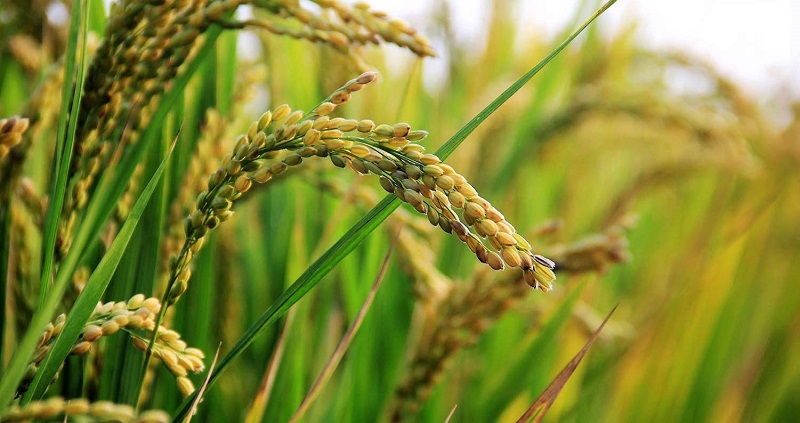
The Role of CRISPR in Crop Engineering
The Role of CRISPR in Crop Engineering
Introduction
The CRISPR (Clustered Regularly Interspaced Short Palindromic Repeats) gene-editing technology has revolutionized the field of genetic engineering, including agricultural biotechnology. By enabling precise and efficient modifications of plant genomes, CRISPR is driving advancements in crop improvement, enhancing food security, and promoting sustainable agriculture.
How CRISPR Works in Crop Engineering
CRISPR-Cas9 acts like molecular scissors that can cut DNA at specific locations, allowing scientists to modify genes responsible for desirable traits. This precise gene-editing capability is transforming crop breeding in multiple ways:
- Enhancing Disease Resistance
- CRISPR enables the development of crops with resistance to viral, bacterial, and fungal pathogens. For example, scientists have used CRISPR to create disease-resistant wheat, tomatoes, and rice, reducing reliance on chemical pesticides.
- Improving Drought and Climate Resilience
- Climate change presents major challenges to global agriculture. CRISPR allows for the modification of genes that enhance drought tolerance, heat resistance, and adaptability to extreme environmental conditions.
- Increasing Yield and Nutritional Value
- Gene-editing techniques help optimize plant metabolism, leading to higher crop yields. CRISPR has been used to develop nutrient-enriched crops like biofortified rice with higher vitamin A content and tomatoes with increased shelf life.
- Reducing Dependence on Chemical Inputs
- Crops engineered with CRISPR can exhibit resistance to pests and herbicides, reducing the need for synthetic pesticides and fertilizers, thereby promoting environmentally sustainable farming practices.
Advantages of CRISPR Over Traditional Breeding Methods
- Precision and Efficiency: Unlike traditional breeding, which can be time-consuming and imprecise, CRISPR allows for targeted genetic modifications without introducing foreign DNA.
- Cost-Effectiveness: CRISPR technology is relatively affordable and accessible compared to older genetic modification techniques.
- Faster Crop Development: The ability to make direct genetic changes speeds up the breeding process, reducing the time needed to develop improved crop varieties.
Challenges and Ethical Considerations
- Regulatory Hurdles: Different countries have varying regulations regarding CRISPR-edited crops, affecting commercialization and adoption.
- Public Perception: While CRISPR does not necessarily introduce foreign genes (unlike traditional GMOs), consumer acceptance remains a challenge.
- Biodiversity Concerns: Large-scale genetic modifications must be managed to prevent unintended effects on ecosystems and crop diversity.
Future Prospects
CRISPR’s potential in agriculture is vast, with ongoing research focused on enhancing its accuracy, minimizing unintended mutations, and expanding its applications to more crops. As regulatory frameworks evolve, CRISPR-engineered crops are expected to play a crucial role in addressing global food security challenges and making agriculture more resilient.
Conclusion
CRISPR is revolutionizing crop engineering by offering precise, efficient, and sustainable solutions to agricultural challenges. With continued advancements and responsible implementation, this technology holds immense promise for the future of food production and global sustainability.













